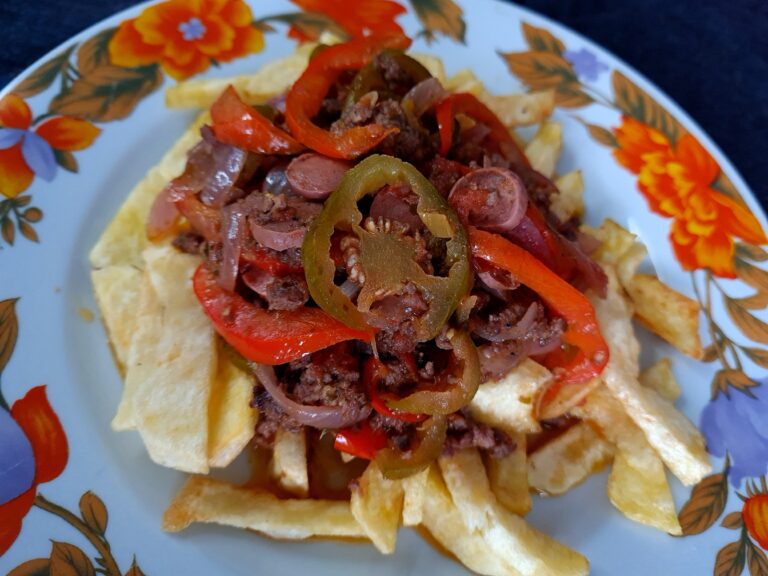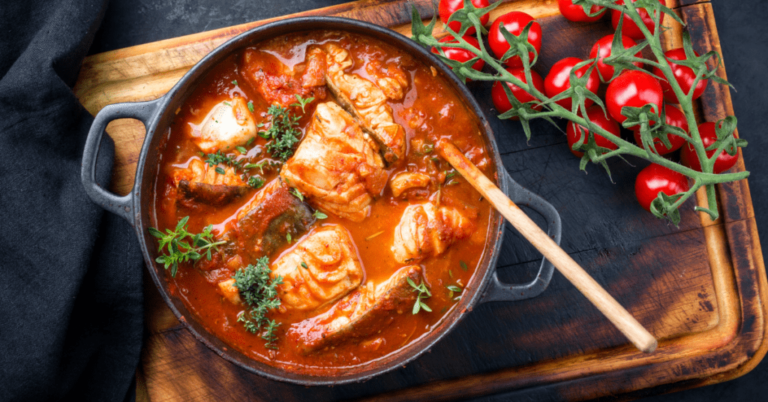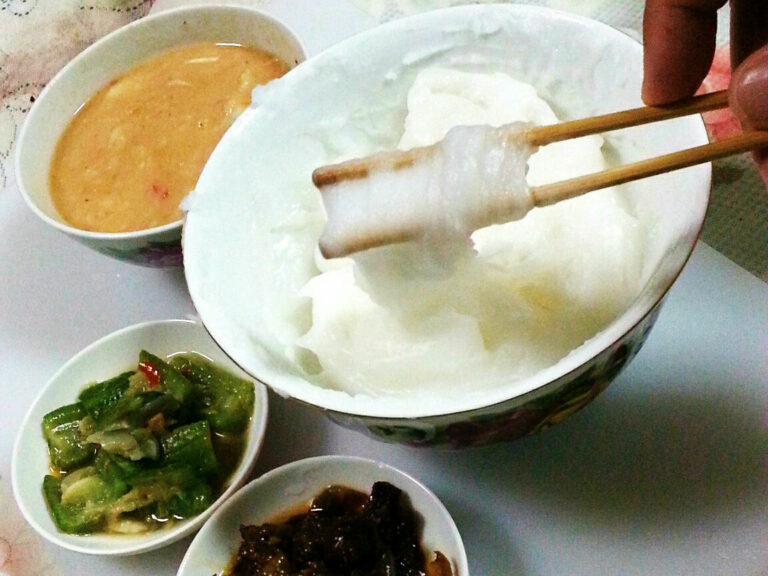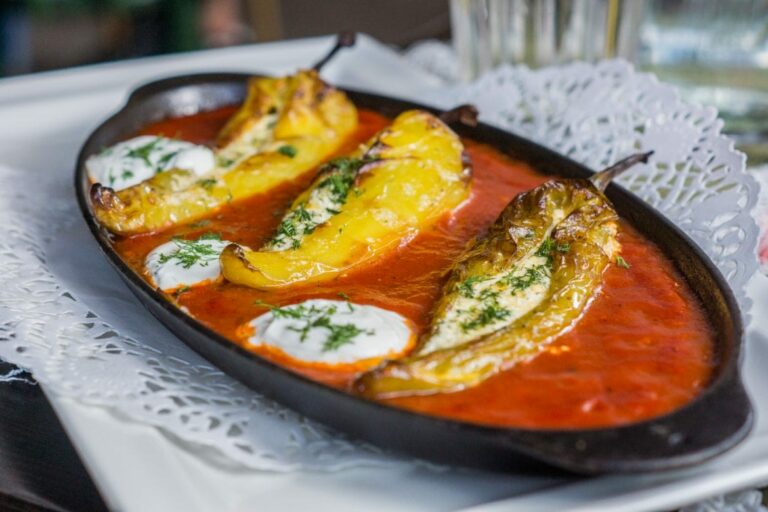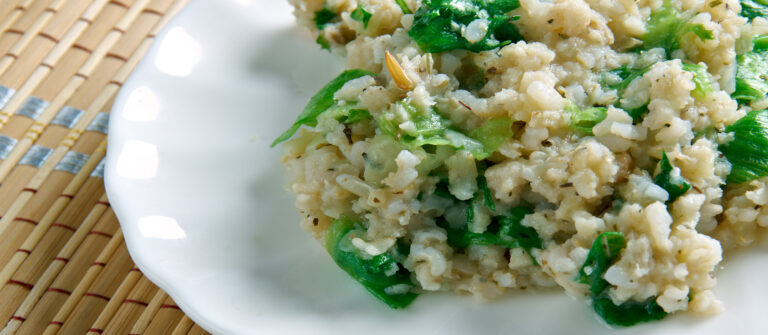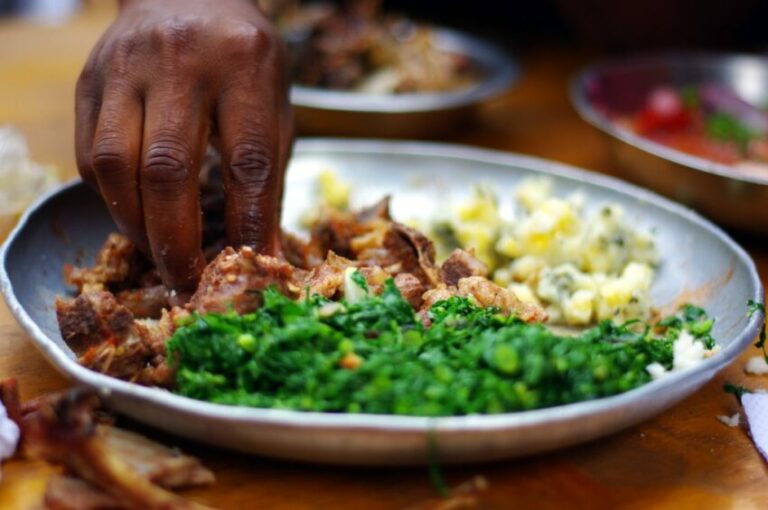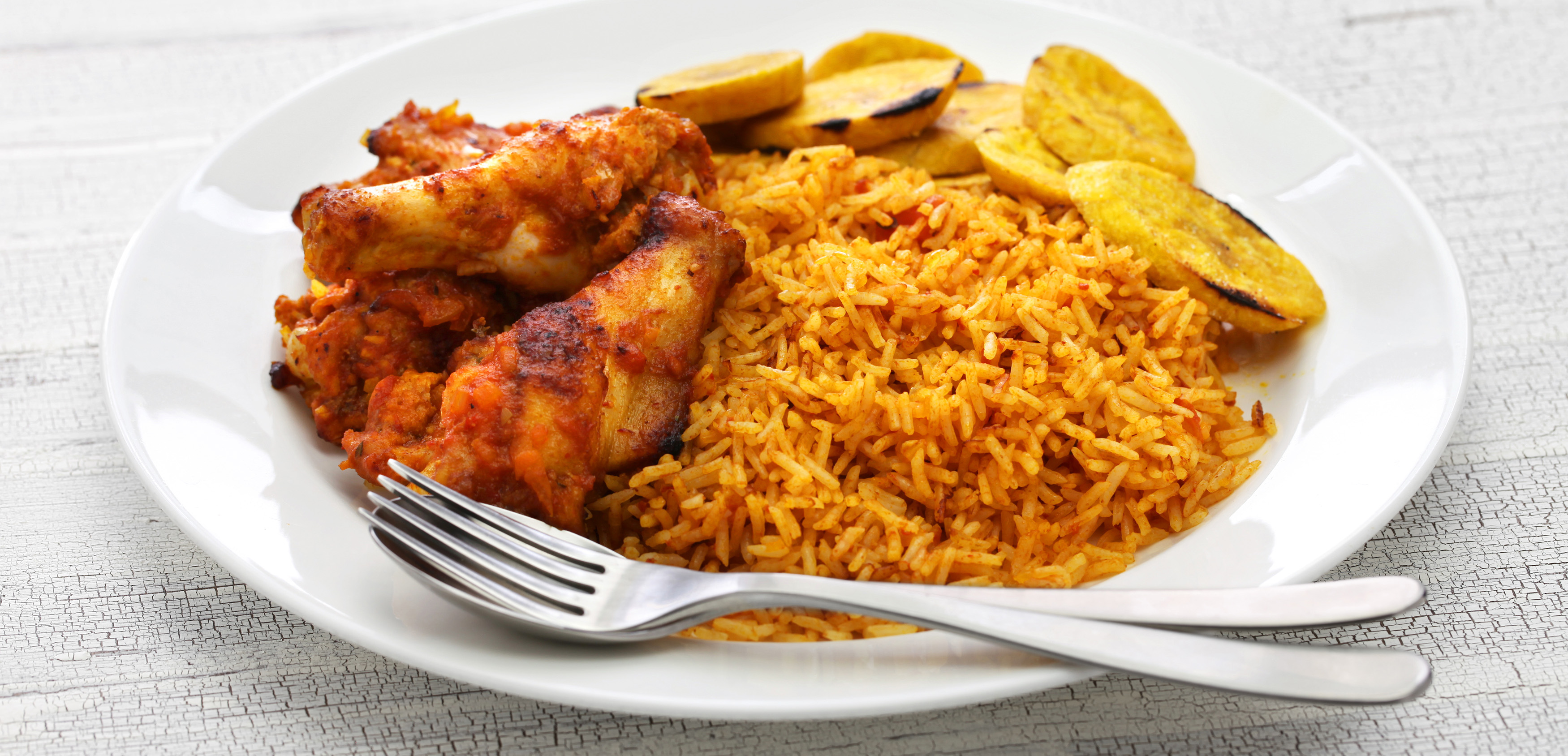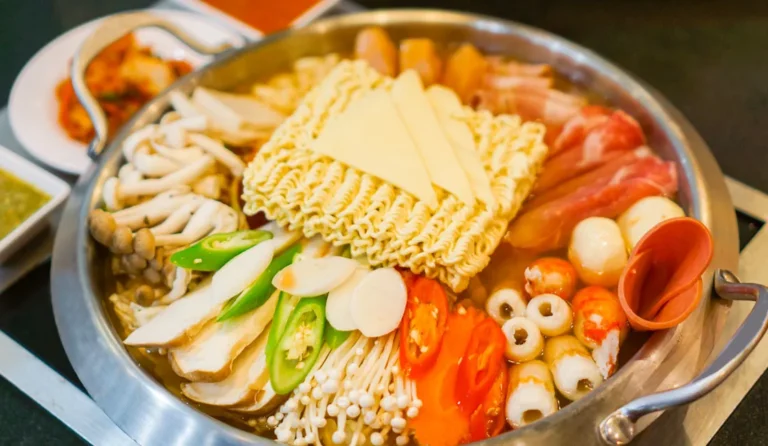Introduction to Bolivian cuisine
Bolivian cuisine is known for its diversity, richness and authenticity. The country’s food is a reflection of its diverse cultural heritage, which includes indigenous, Spanish, and African influences. The cuisine is characterized by the use of native ingredients such as quinoa, potatoes, corn, and a variety of meats, including beef, pork, chicken, llama and alpaca.
Beef-based dishes in Bolivia
Beef is a staple in Bolivian cuisine, and there are many meat dishes that are popular in the country. One of the most famous dishes is the “Pique Macho,” which is a hearty dish made with fried beef, sausage, onions, and tomatoes served on a bed of French fries. Another popular beef dish is “Asado,” which is a type of barbecued beef cooked over an open flame and served with chimichurri sauce. “Charque” is another popular beef dish, which is made by drying and rehydrating beef, and then cooking it with onions, tomatoes, and spices.
Pork-based dishes in Bolivia
Pork is another popular meat in Bolivian cuisine, and there are many dishes that feature this meat. One of the most famous pork dishes is “Lechón” which is a whole roasted pig seasoned with garlic, oregano, and cumin. “Fricasé” is another popular pork dish that is made with pork stewed with potatoes in a spicy sauce made with peanuts, garlic, and yellow chili peppers. “Chicharrón” is a fried pork dish that is popular as a snack or served with boiled potatoes and corn.
Chicken-based dishes in Bolivia
Chicken is a staple meat in Bolivian cuisine, and there are many dishes that feature this protein. “Pollo a la Broaster” is a popular chicken dish that is deep-fried and served with French fries and salad. “Pollo al Ají” is another popular chicken dish that is made with chicken cooked in a spicy tomato and peanut sauce. “Fricasé de Pollo” is a chicken stew made with potatoes, corn, peas, and spices, and is often served with rice.
Llama and Alpaca meat dishes in Bolivia
Llama and Alpaca meats are traditional in Bolivian cuisine, especially in the Andes region. One of the most famous dishes is “Lomo de Llama,” which is a grilled llama steak served with potatoes, corn, and vegetables. “Chairo” is a stew made with llama meat, potatoes, corn, and other vegetables, which is popular in the highlands. “Alpaca Meatballs” are a popular dish made with ground alpaca meat, onions, garlic, and spices.
Wild game and fish dishes in Bolivia
Bolivia’s diverse geography offers a variety of wild game and fish that are used in traditional dishes. “Pacú” is a type of freshwater fish that is often served grilled or fried, and “Sajta de Caimán” is a stew made with alligator meat, potatoes, corn, and other vegetables. “Picana” is a traditional soup made with beef, chicken, and lamb, along with potatoes, corn, and other vegetables.
Vegetarian options in Bolivian cuisine
Vegetarian options are available in Bolivian cuisine and are often made with traditional ingredients such as quinoa, potatoes, and corn. “Papa a la Huancaína” is a dish made with boiled potatoes and a spicy cheese sauce, and “Sopa de Maní” is a peanut soup that is often served with rice.
Popular Bolivian meat dishes to try
Some popular Bolivian meat dishes to try include “Pique Macho,” “Lechón,” “Pollo a la Broaster,” and “Lomo de Llama.” These dishes are widely available in restaurants throughout the country and offer a taste of the rich and diverse cuisine of Bolivia.

